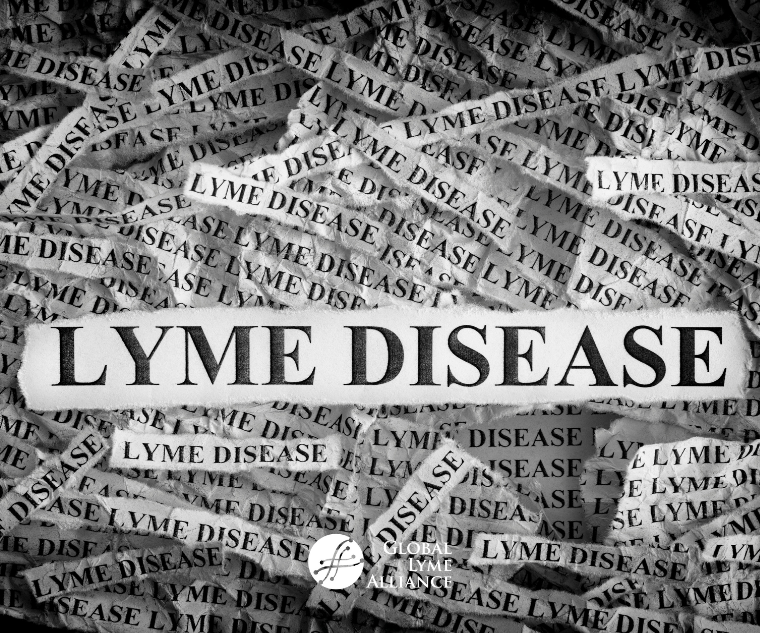
POV by Timothy J. Sellati, Ph.D., Chief Scientific Officer, GLA
How many people get Lyme disease every year? Precisely determining an annual incidence has been a challenge. Based upon a surveillance rather than a clinical definition, there is an ongoing discrepancy between Lyme disease cases reported to the Centers for Disease Control and Prevention (CDC) and the actual number of new patients contracting this tick-borne bacterial illness each year. A surveillance case definition enables public health officials to classify and count cases consistently across reporting jurisdictions.1
However, this strict definition is not intended to be used by healthcare providers as the sole basis for making a clinical diagnosis. Unfortunately, sometimes it is contributing, at least in part, to an underestimation of the annual incidence of Lyme disease in the U.S. Inaccurately low estimates can contribute to lower levels of federal funding for an infectious disease mistakenly thought to be of less immediate public health concern than others. And less urgency or concern in the general public can make prevention and public health education outreach efforts harder. This makes it more difficult to change personal behavior to diminish the risk of contracting Lyme and other tick-borne diseases (TBDs).
Only ~30,000 to 40,000 cases of Lyme disease are reported to the CDC through surveillance each year, considered a substantial underreporting of actual incidence rates.2
In search of an alternative way of counting Lyme disease cases that better reflects the true annual incidence, a refined method and estimate of cases for 2010–2018 was recently reported.3 Researchers used IBM MarketScan, a database of >25 million annual enrollees who receive employer-sponsored health insurance, to estimate actual yearly Lyme disease incidence. Studying the health records of individuals whose physicians assigned diagnosis codes for Lyme disease (and its assorted clinical presentations such as facial palsy, carditis, arthritis, and meningitis), and other TBDs the researchers estimated that ~476,000 patients were diagnosed and treated for Lyme disease annually in the U.S. between 2010 and 2018.3 This figure is 62% greater than the previously estimated ~329,000 annual diagnoses for the period 2005 to 2010.2
The present study findings are based upon 140,281 MarketScan enrollees with Lyme disease diagnoses. The age, sex, and geographic distributions of the broader U.S. population were not statistically or meaningfully different from the population studied, meaning the MarketScan population is a reasonably accurate reflection of the entire U.S. population. Here are some other key findings of the study:
- Between 2010 and 2018, the overall rate of coded Lyme disease diagnoses as identified in MarketScan increased 20% in high-incidence states and 48% in low-incidence states, and nearly doubled (89%) in neighboring states.
- The number of Lyme disease diagnoses, based on insurance claims and disease incidence as reported through surveillance, also increased substantially in states neighboring traditionally high-incidence states.
- These patterns are consistent with ongoing geographic expansion of the ticks that can transmit the Lyme disease-causing bacteria Borrelia burgdorferi as well as other tick-borne pathogens.
- The median incidence of Lyme disease diagnoses was 73.3 per 100,000 individuals. By comparison, median annual incidence of Lyme disease according to CDC surveillance data was only 9.3 cases per 100,000 population.
- The new incidence number of 73.3 per 100,000 enrollees observed in MarketScan from 2010 to 2018 vs. 45 per 100,000 from 2005 to 2010 represents a significant upward trend in Lyme disease cases.
Despite limitations in the generalizability of the data source (enrollees might not be representative of the U.S. population with respect to risk of tick-borne infection and/or access to health care), the authors conclude that “MarketScan provided a stable source of data for Lyme disease diagnoses that is comparable across years and could serve as a resource-efficient adjunct to surveillance”. Furthermore, the annual incidence of Lyme disease diagnoses per 100,000 enrollees was estimated to be ~6 to 8 times higher than that observed for cases reported through notifiable disease surveillance to the CDC.
An even more sobering number is that despite early diagnosis and prompt antibiotic treatment as many as 10 to 20% of B. burgdorferi -infected patients can develop Post-Treatment Lyme disease Syndrome (PTLDS).4 PTLDS is associated with persistent, waxing and waning symptoms such as fatigue and pain, and severe cognitive decline that can significantly reduce an individual’s quality of life. With the upwardly revised annual case incidence to 467,000 Lyme disease patients, over 95,000 treated patients could go on to develop PTLDS each year. These findings underscore the importance of Lyme disease prevention to protect yourself and family and the need for novel treatment options to improve patient outcomes for those who do not respond to conventional antibiotic therapy.
References:
1https://wwwn.cdc.gov/nndss/conditions/lyme-disease/case-definition/2017/
2 Nelson CA, Saha S, Kugeler KJ, et al. Incidence of Clinician-Diagnosed Lyme Disease, United States, 2005–2010. Emerging Infectious Diseases. 2015;21(9):1625-1631. doi:10.3201/eid2109.150417.
3 Schwartz AM, Kugeler KJ, Nelson CA, Marx GE, Hinckley AF. Use of commercial claims data for evaluating trends in Lyme disease diagnoses, United States, 2010–2018. Emerg Infect Dis. 2021 Feb [date cited].
4 Marques A. Chronic Lyme disease: a review. Infec Dis Clin America. 2008; 22(2):341-60.

Timothy Sellati, P.h.D.
Chief Scientific Officer at Global Lyme Alliance
Timothy J. Sellati, PH.D. is Chief Scientific Officer at Global Lyme Alliance As GLA’s Chief Scientific Officer, Dr. Sellati leads GLA’s research initiatives to accelerate the development of more effective methods of diagnosis and treatment of Lyme and other tick-borne diseases.